Your home is a tangible reflection of your personality, taste and lifestyle, and having the freedom to shape it to your liking is an exciting opportunity. Understanding the role of style and space in interior design is crucial in navigating this transformative process. Each home has its own unique aesthetic that is shaped by various factors. The selection of color schemes, textures, furniture, and accessories all play significant roles in home decor. However, keeping all these elements in unison within a budget can be a challenging task. In this insightful guide, we will explore the quintessential elements of home decor ranging from understanding your style, to making wise budget decisions, all with the aim of creating a beautiful, functional and welcoming space that is uniquely yours.
Understanding Your Style and Space
Understanding Individual Style in Home Decor
The first step in developing a cohesive and appealing look in your home is understanding your personal style preferences. Each of us has distinct tastes and preferences, even if we may not realize it. Some people are drawn to the sleek lines and minimalistic aesthetic of modern design, while others may prefer the cozy charm of a traditional or country style. Others still may gravitate towards the rich colors and layered textures of bohemian decor, or the familiar comfort of a rustic theme.
Your personal style is the unique blend of aesthetics you find meaningful and beautiful. Consequently, figuring out your interior design style can help you create a space that feels both comfortable and authentic to you. Therefore, taking the time to analyze your favorite clothing items, pieces of art, or other elements that truly resonate with you can give you an idea of your style, and hence guide your home decor decisions.
Assessing Your Space
The physical attributes of your living space are another crucial component to consider when planning your home decor. Assessing the conditions of your space includes taking measurements of each room, considering the functionality of the space, and noting the natural light.
Taking measurements can help you choose the right furniture and decor items, both in terms of size and scale. Room function plays a role in defining the ambience of that room; a home office needs a different feel than a bedroom or a kitchen. Natural light influences the colors and the types of materials you might want to use. A room awash with sunlight can handle darker colors and materials, while a dimly lit room would benefit from lighter tones and reflective surfaces to magnify available light.
Balancing Aesthetics and Function
Creating attractive rooms is undoubtedly an important part of home decor, but functionality should never be overlooked. No matter how beautiful a space may be, if it doesn’t suit the needs of the people who use it, dissatisfaction is inevitable. Prioritize comfort alongside aesthetics by selecting furniture pieces that are both attractive and comfortable to use. Intelligent storage options can also enhance the functionality of a space while adding to its visual appeal.
Diving into Various Interior Design Styles
An essential step towards creating a space that uniquely speaks to you is understanding your personal style. However, it doesn’t hurt to take a leaf from different books. Understanding a variety of interior design styles can spark fresh ideas that can be taken and incorporated into your own home’s decor.
For example, the school of minimalism values functionality and simplicity above all. It focuses on only the absolute necessary elements, thereby creating a serene and uncluttered space. In contrast, contemporary design is dynamic and adaptable, taking inspiration from a medley of styles and staying up-to-date with current trends. On another note, a traditional design style tends towards timeless details, lavish furnishings, and abundant accessories. On the other hand, rustic design draws its charm from the raw beauty of nature, featuring unfinished, raw elements, and earthy tones.
Each design style is unique in its character and charisma. Familiarizing yourself with these styles can expand your perspective and provide you with a multitude of ideas, thus enabling you to make the best decor choices for your home. Remember, the ultimate aim is to create a space that mirrors your personality and offers an aesthetic delight while being functionally comfortable.
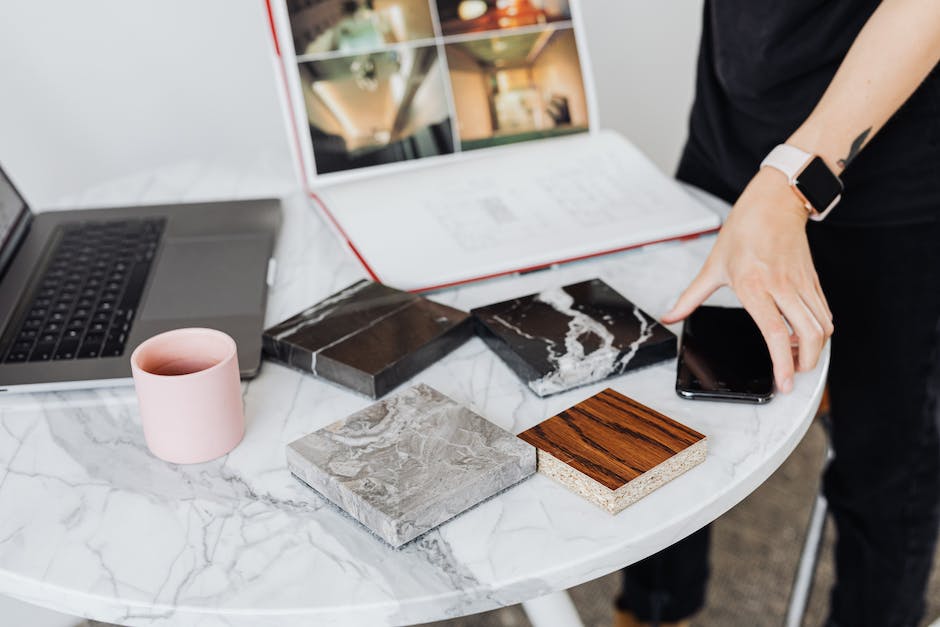
Color Schemes and Textures
Mastering Color Theory for Home Decor
When it comes to interior designing, color theory forms the groundwork for all color-related decisions. It’s a principle grounded in the color wheel, which showcases all the visible colors. The complementary colors, such as blue and orange or red and green, lie on opposite ends of the wheel. When used together, they lend the room a lively and dynamic vibe. Similarly, analogous colors located adjacently on the wheel, such as red, orange, and yellow, impart a calming and well-attuned feel.
Warm colors, like red, orange, and yellow, tend to energize a space and instigate conversation. This makes them a great choice for gathering hotspots such as kitchens and living rooms. In contrast, the cool shades such as blue, green, and violet, usher in tranquility. These hues are perfect for areas meant for relaxation, like bedrooms and bathrooms.
Appropriate Color Selection
Choosing the appropriate color is crucial in setting the mood and tone of a room. Therefore, considering the room’s purpose is a tool to guide your color selection. A playroom will benefit from energizing, vibrant colors, while a bedroom or office may be better suited with calm and relaxing colors. You should also consider the size and shape of the room. Light colors can make smaller rooms appear larger, while dark colors can make a room feel more intimate.
Popular Color Schemes in Interior Design
Monochromatic color schemes use different shades and hues of a single color for a soothing and cohesive look. Contrast color schemes use two opposite colors from the color wheel for a dramatic, high-energy feel. There’s also the triadic scheme, which uses three equally spaced colors on the color wheel, providing a vibrant yet balanced look.
Textural Elements in Home Decor
In addition to color, texture plays a pivotal role in home decor. Different textures add dimension, contrast, and interest to an interior space. Smooth textures such as silk, satin, and glass reflect more light, making a space seem colder and formal. On the contrary, rough textures like wool, jute, or rustic wood, absorb light, providing the room with a more relaxed and cozy feel.
Soft fabrics and throws can be used in conjunction with harder elements such as metal or wood furniture for a balanced and layered interior. Incorporating a variety of textures engages the senses and enriches the design aesthetics.
Mastering the Art of Colors and Textures
Skillfully amalgamating colors and textures has the power to set either a calm or energetic tenor, depending on your preference. The secret lies in maintaining a sense of harmony and cohesion. For instance, if you’re embracing a variety of colors, tone them down with simple textures or neutrals. Similarly, with numerous textures, anchor them with a basic, toned-down color scheme. Supplement color or texture subtly with accents such as throw pillows or rugs which can be swapped out easily as trends or personal tastes evolve.
Moreover, closely scrutinizing the visual density of colors and textures is vital. Bolder, darker hues and textured materials draw attention, and thus, should be used thoughtfully and sparingly to delineate space or highlight certain areas. Conversely, lighter, neutrals and smooth fabrics blend into the surroundings, fostering a sense of tranquility and openness. A smart blend of both can result in a space that not only mirrors your personal aesthetic but also augments your home’s visual charm.

Choosing Furniture and Accessorizing
Picking Out the Perfect Furniture
Furniture selection is a pivotal aspect of home decor, contributing significantly to a pleasing and comfortable ambiance. Factors like the size, purpose, and style of the furniture should be carefully considered to match your personal preference and your home’s spatial constraints.
Begin by accurately gauging your available space to ensure the right fit for the chosen furniture. Avoid situations like having a gigantic couch overpowering the available real estate in the living room. Furniture should blend with its surrounding space, neither too large to dwarf the surrounding nor too tiny to seem adrift in it.
Given the role that furniture plays, it’s essential to keep in mind the function it will serve. For instance, if your living room double duties as a guest room, a convertible sleeper sofa can be a practical choice. If clutter is a problem, opt for furniture with integrated storage like an ottoman or coffee table. Therefore, carefully envisioning the functionality of a furniture piece before purchasing is key in getting full value from it.
Lastly, the style of your furniture should reflect your personal aesthetics and seamlessly blend with existing decor. It could range from minimalist and contemporary to vintage and antique styles. Furniture alone can set the tone for your home decor. The chosen color scheme, fabrics and finishes all contribute to the overall ambiance.
Bringing Your Space to Life with Accessories
The right accessories can transform a room from a common space into a true reflection of your personal style. Accent pieces like rugs, art, curtains and cushions add texture, color, and depth that allow you to design a room that truly feels like home.
Think of cushions and rugs as more than just comfort items. They’re opportunities to boldly express yourself with a unique pattern, a pop of color, or an intriguing texture. Choose these pieces with your existing furniture in mind, aiming for a complementary stylistic dialogue rather than a clashing debate.
Curtains provide both a decorative and practical function. They can be the centerpiece of your decor or quietly accent your existing theme, depending on your fabric choice, length, and pattern. Remember, the right curtains can amplify your design, while the wrong ones can break it.
Art pieces are the heart and soul of home decor. They give you the freedom to express your personality and create a space that is truly yours. From traditional paintings to eccentric sculptures, art is an open canvas for creativity.
The golden rule of accessorizing is to find a balance. While you want to manifest your style, you also want to avoid creating a cluttered space. Equally, a sparse room can feel remote and uninviting. Accessorizing is about designing a space that embodies who you are, makes you feel at home and enhances your lifestyle.
Enjoy the process of decorating. Be experimental, be bold, and always be true to yourself. After all, your home is the most genuine expression of you.
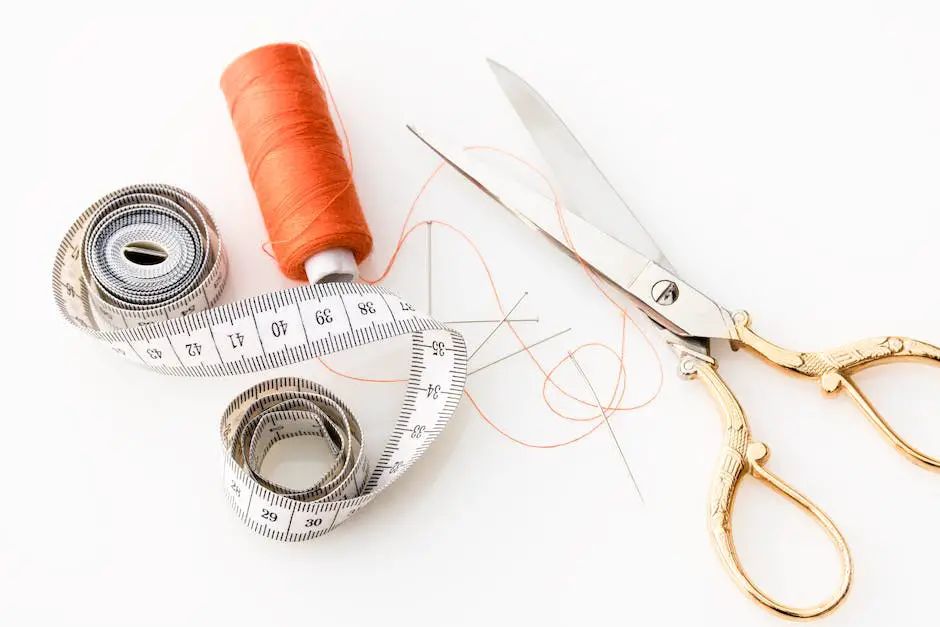
Budgeting for Home Decor
The Crucial Role of Budgeting in Home Decor
A budget is not merely a financial plan, but a strategic guideline for effective home decorating. It helps you to navigate your decor route, ensure wise spending, and prioritize key items with significant impact on your home’s aesthetics and comfort levels. Setting a budget gives you clear financial boundaries, guiding you towards making economical choices that don’t compromise on style. Without a well-thought-out budget, you can easily find yourself in a spiral of decorative indulgence that leads to unnecessary expenditure.
Prioritize Your Expenses
In setting up a budget for home decor, it’s essential to prioritize your expenses. Major furniture items, such as beds, sofas, and dining tables, should take precedence as they are integral to the home setup. Yet, remember that expensive doesn’t always equal better. What matters is to strike a balance between quality, price, and style. Prioritize necessities over luxuries, and remember that smaller decor pieces can also make significant impacts on your space.
Find Cost-Saving Opportunities
Home decor doesn’t have to be expensive to exude a stylish and comfortable ambiance. Look out for sales and discount offers from home decor suppliers and furniture outlets. Online platforms often offer deals that may not be available in physical stores. Second-hand stores, flea markets, or auctions are also incredible places to find unique pieces at affordable prices. However, ensure to inspect these pieces thoroughly before purchasing to avoid hidden defects.
Smart Shopping For Home Decor
Smart shopping requires careful planning and research. Don’t rush into buying pieces simply because they look attractive at first glance. Instead, consider if they will suit your existing decor, space availability, and overall home theme. Taking measurements before shopping can save you from buying items that are too big or small for your space. Also, compare prices from different outlets before making a purchase decision.
Recycling and DIY Home Decor Projects
One of the most effective ways of cutting budget on home decor is recycling. Old furniture pieces can be refurbished and reused. Old bottles, boxes, and cans can be repurposed into stylish containers, vases, or candle holders with a bit of creativity. Furthermore, DIY home decor provides an opportunity to personalize your space. You can look up DIY tutorials online for various crafts and decor ideas. Not only are these projects cost-saving, they add a personal touch and uniqueness to your decor.
In the end, it’s possible to create a beautiful, comfortable home without going overboard on expenses. It requires a mix of careful budgeting, smart shopping, and creativity. By prioritizing your expenses, seeking cost-saving opportunities, and undertaking DIY projects, you can make the most out of your home decor budget.
Remember, home is not about the cost of items inside it but the love, care, and personality reflected in its decor.
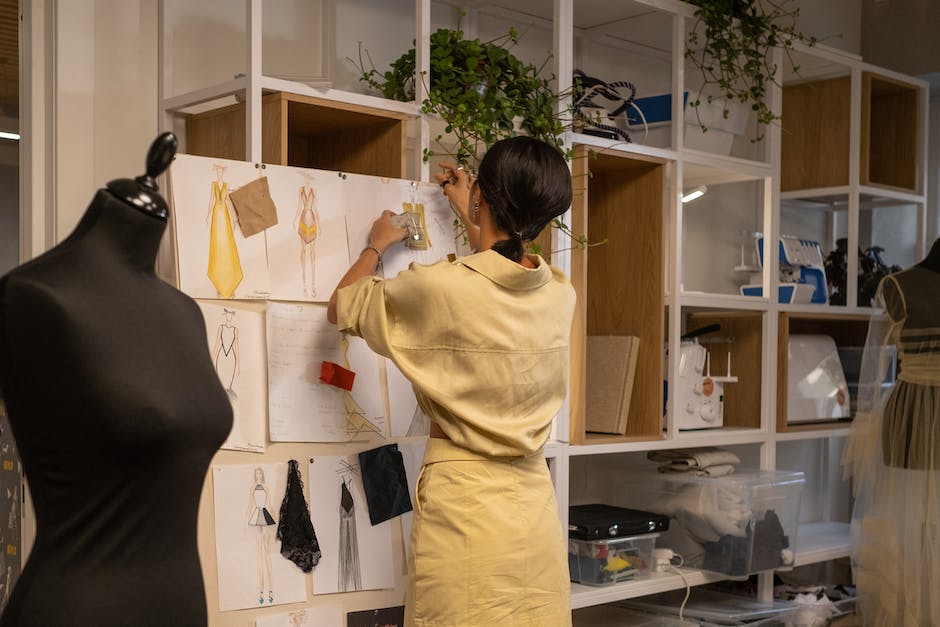
With the right tools and knowledge, designing your dream space can be a truly enjoyable, and less intimidating experience. Understanding your style and space is the foundation upon which you can build a home that tells your story. Through the clever use of color schemes and textures, you can transform your room’s mood and perception. Your choice of furniture and accessories is a reflection of your personality and when done correctly, can create an environment that is vibrant and harmonious. Lastly, learning to budget effectively allows you to make all these changes in an efficient and prudent manner. Whether you are a beginner or someone with experience, these home decor tips are designed to guide you every step of the way in your design journey. Turn your vision into a reality, and welcome the joy of living in a space that’s authentically you.

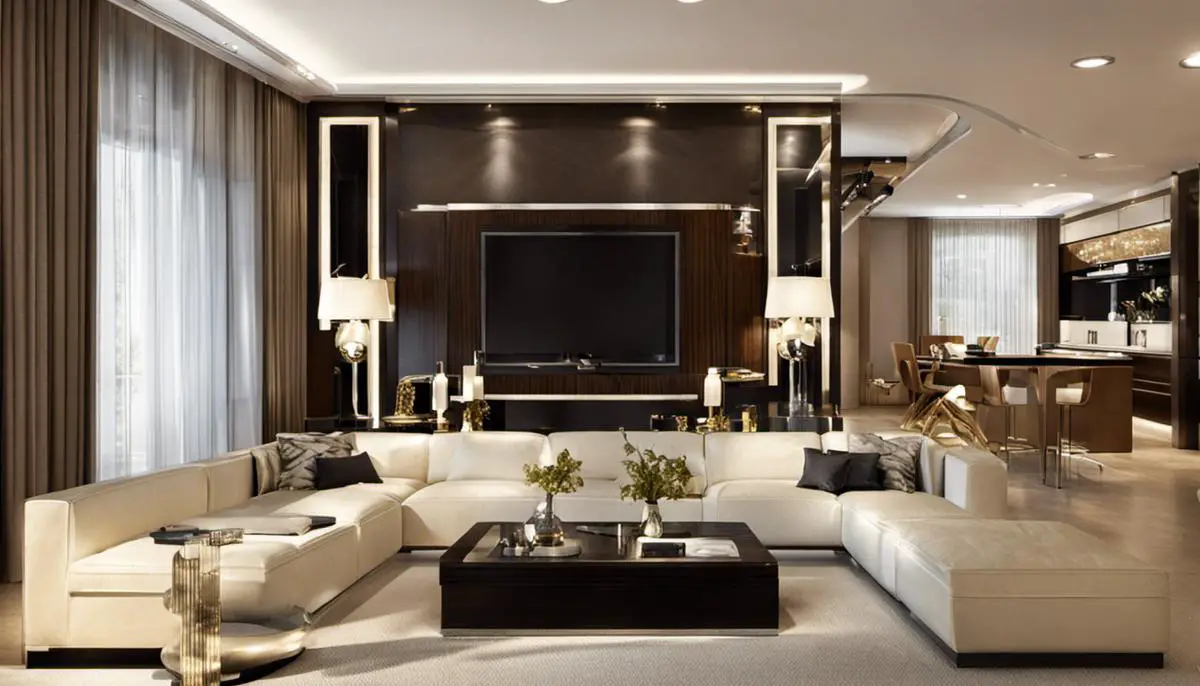

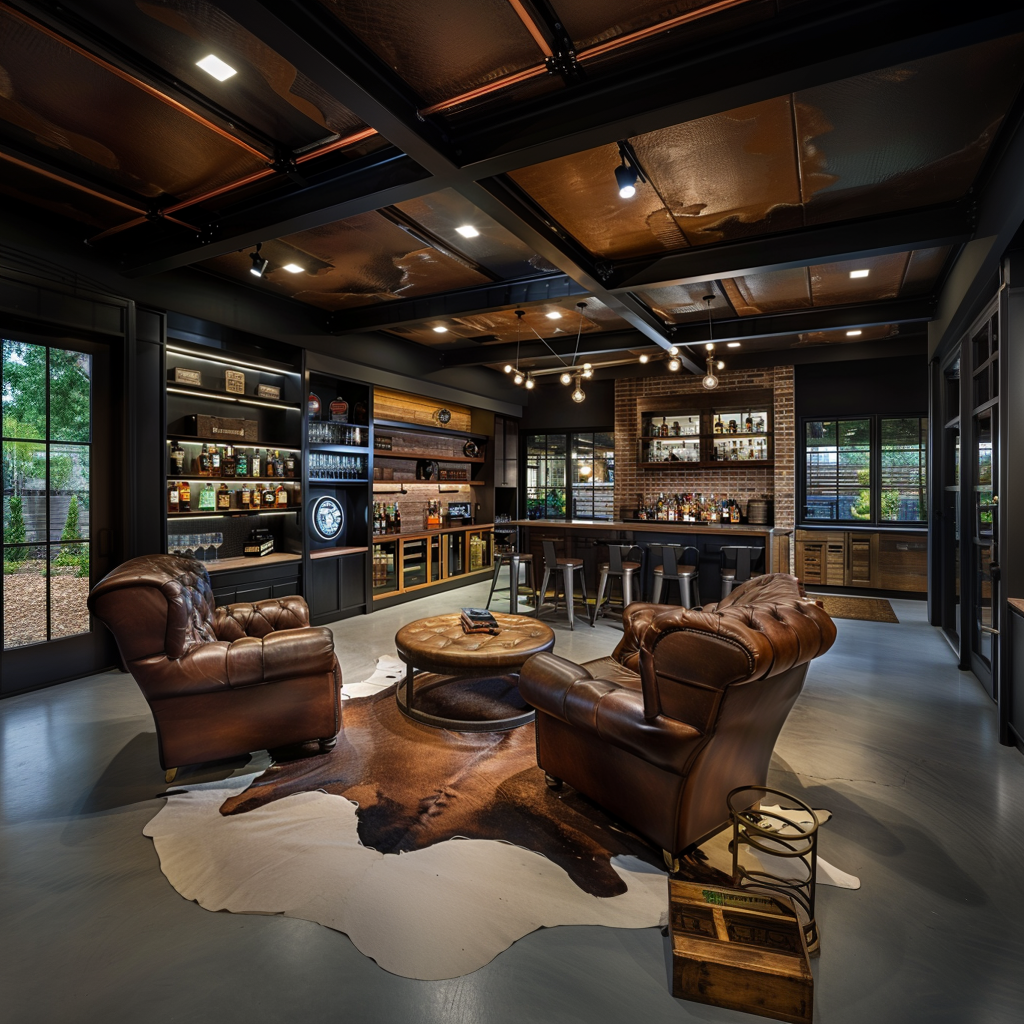
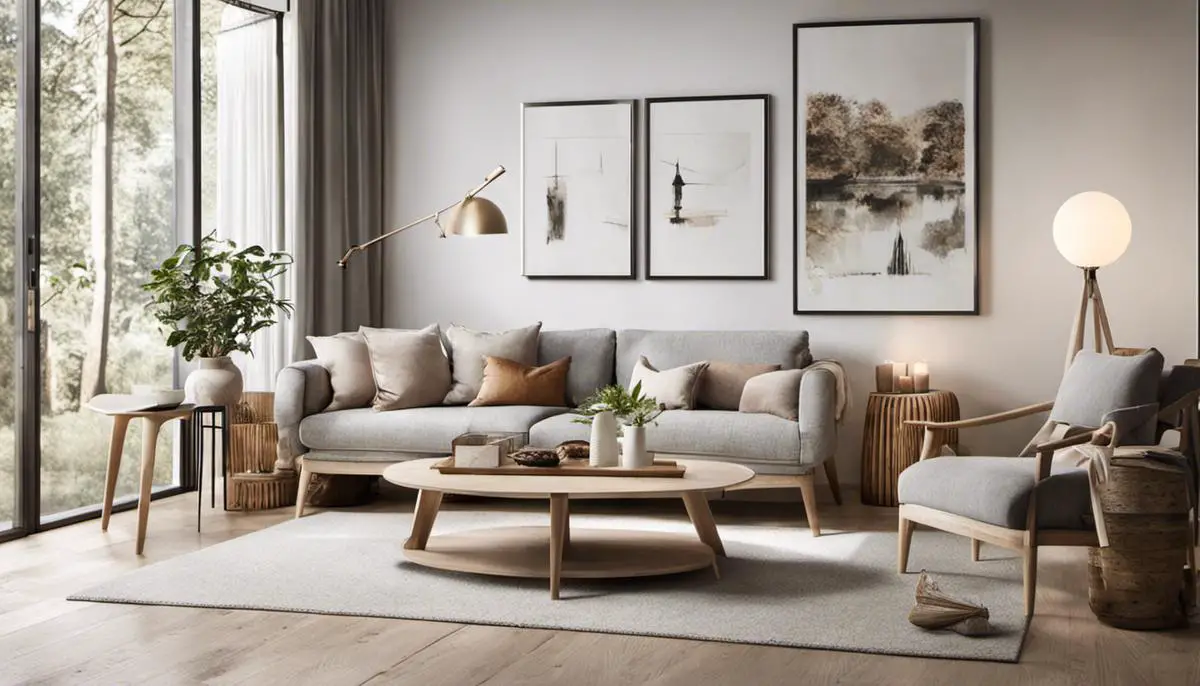
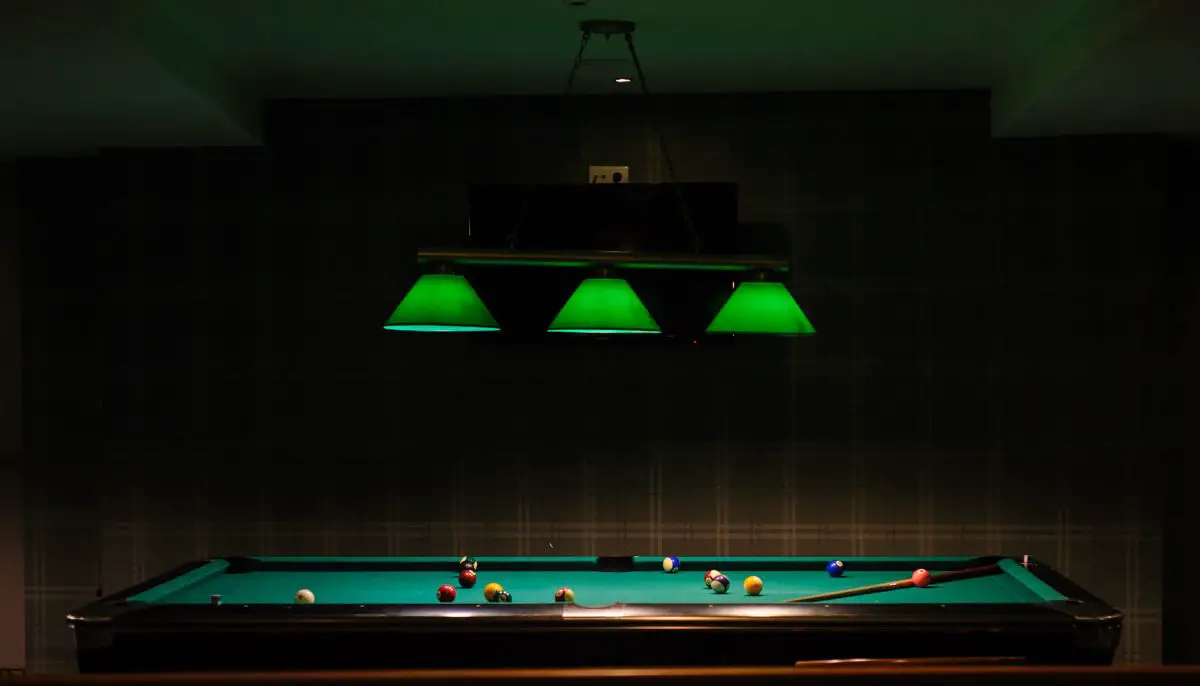

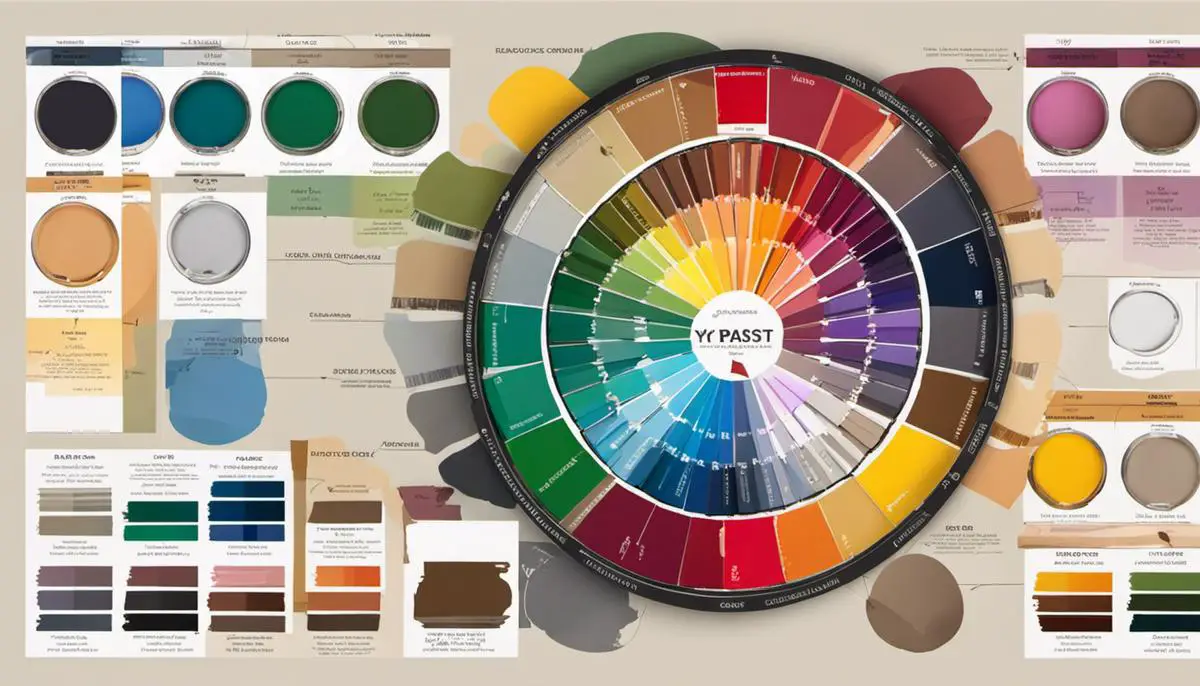
Leave a Reply